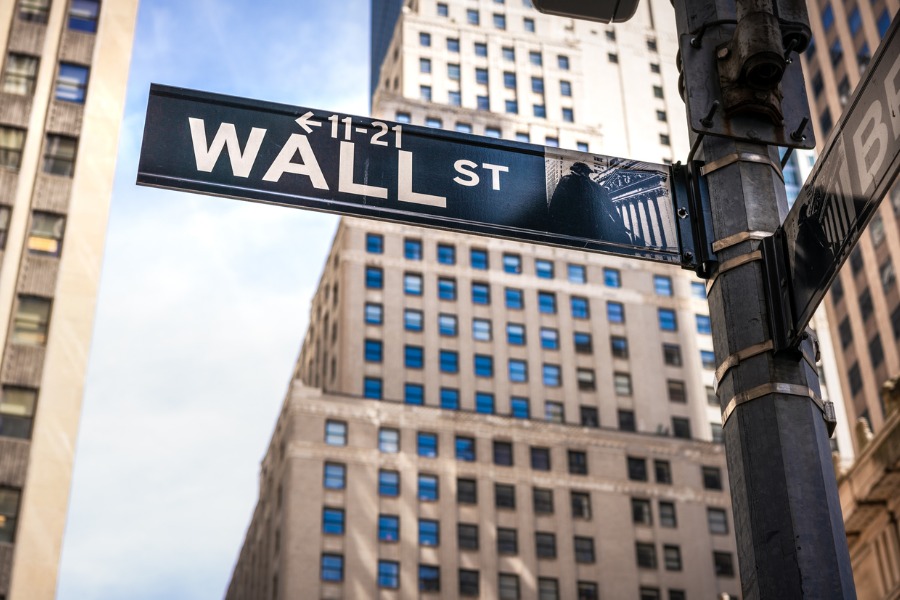

The biggest US banks haven’t waited for this week’s stress tests to signal optimism about their capital levels.
The six largest lenders bought back more than $14 billion of stock in the first quarter, a 73% jump from the meager pace in last year’s second half. The banks had slowed their buybacks in the face of new capital-rule proposals, but in recent months all signs have pointed to those getting watered down.
The annual exam from regulators — with results set to be released Wednesday afternoon — tends to set the tone on how aggressive banks are in returning capital to shareholders through dividends and buybacks. In 2022, for example, harsher-than-anticipated test results caused firms to slam the brakes on repurchasing shares. But the past 12 months have been less about the current capital rules and more about where they’re headed.
The Federal Reserve, Federal Deposit Insurance Corp. and Office of the Comptroller of the Currency released a plan last year for tighter capital rules on banks, known as Basel III Endgame, which they said would require a 19% increase for the largest firms. In response, Wall Street launched a fierce lobbying campaign against the proposal, and Fed Chair Jerome Powell said earlier this year that the plan was in for “broad and material changes.”
The Fed has shown the other regulators a three-page document of possible revisions that would significantly soften the new requirements, with could lead to a capital increase of as little as 5%, Bloomberg News reported Monday. Officials haven’t reached an agreement, and the Fed said in a statement that it’s reached “no decisions on timing, process or substance.”
The first quarter put the six banks on pace for $58 billion in buybacks this year, a significant jump from the last two years. But that’s still well short of the headier days of 2021, when the total was more than $80 billion, or 2019, when repurchases topped $100 billion.
The annual exams, a product of the 2008 financial crisis, require banks to consider hypothetical crisis scenarios and estimate the losses they might face based on their books of business. Those numbers drive how much capital they can afford to pay out to investors, based on a minimum requirement known as the stress capital buffer. Such payouts take the form of dividends, which typically occur quarterly, and buybacks, which the firms can pursue as they see fit throughout the year.
Payout ratios — a measure of how much cash firms return to shareholders — loom large in the minds of investors. The 24-member KBW Bank Index, which includes the biggest six banks, is up 6.6% this year.
Big-bank bosses have taken turns touting their excess capital in recent months. Wells Fargo & Co. Chief Executive Officer Charlie Scharf said last month that his firm would “like to grow the dividend,” and Goldman Sachs Group Inc. President John Waldron said his firm plans to do the same. Bank of America Corp. CEO Brian Moynihan said that if Basel III Endgame gets watered down, “we have a lot more excess capital.”
JPMorgan Chase & Co. CEO Jamie Dimon said in May that his firm is buying back around $2 billion a quarter and “could do more.” That follows a surprise dividend hike earlier this year, which Dimon said in April was because “our capital cup runneth over.”

Rajesh Markan earlier this year pleaded guilty to one count of criminal fraud related to his sale of fake investments to 10 clients totaling $2.9 million.

From building trust to steering through emotions and responding to client challenges, new advisors need human skills to shape the future of the advice industry.

"The outcome is correct, but it's disappointing that FINRA had ample opportunity to investigate the merits of clients' allegations in these claims, including the testimony in the three investor arbitrations with hearings," Jeff Erez, a plaintiff's attorney representing a large portion of the Stifel clients, said.

Chair also praised the passage of stablecoin legislation this week.

Maridea Wealth Management's deal in Chicago, Illinois is its first after securing a strategic investment in April.
Orion's Tom Wilson on delivering coordinated, high-touch service in a world where returns alone no longer set you apart.
Barely a decade old, registered index-linked annuities have quickly surged in popularity, thanks to their unique blend of protection and growth potential—an appealing option for investors looking to chart a steadier course through today's choppy market waters, says Myles Lambert, Brighthouse Financial.
